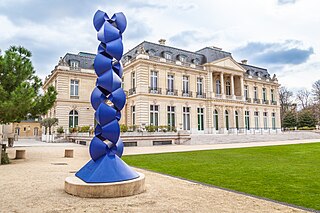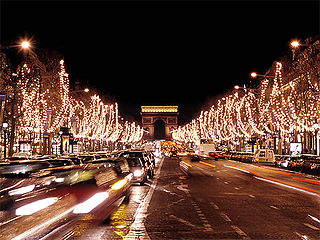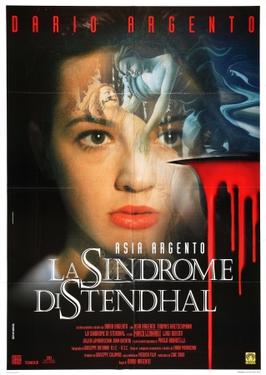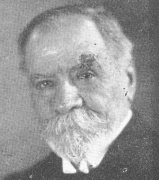
Marie-Henri Beyle, better known by his pen name Stendhal, was a 19th-century French writer. Best known for the novels Le Rouge et le Noir and La Chartreuse de Parme, he is highly regarded for the acute analysis of his characters' psychology and considered one of the early and foremost practitioners of realism. A self-proclaimed egotist, he coined the same characteristic in his characters' "Beylism".

Stendhal syndrome, Stendhal's syndrome or Florence syndrome is a psychosomatic condition involving rapid heartbeat, fainting, confusion, and even hallucinations, allegedly occurring when individuals become exposed to objects, artworks, or phenomena of great beauty.

Jerusalem syndrome is a group of mental phenomena involving the presence of religiously themed ideas, or experiences that are triggered by a visit to the city of Jerusalem. It is not endemic to one single religion or denomination but has affected Jews, Christians, and Muslims of many different backgrounds. It is not listed as a recognised condition in the Diagnostic and Statistical Manual of Mental Disorders or the International Classification of Diseases.

The 16th arrondissement of Paris is the westernmost of the 20 arrondissements of Paris, the capital city of France. Located on the Right Bank, it is adjacent to the 17th and 8th arrondissements to the northeast, as well as to Boulogne-Billancourt, Hauts-de-Seine to the southwest. Opposite the Seine are the 7th and 15th arrondissements.

The 8th arrondissement of Paris is one of the 20 arrondissements of the capital city of France. In spoken French, the arrondissement is colloquially referred to as le huitième.

Shinagawa is a special ward in the Tokyo Metropolis in Japan. The Ward refers to itself as Shinagawa City in English. The Ward is home to ten embassies.

The Stendhal Syndrome(Ital. La Sindrome di Stendhal) is a 1996 Italian giallo film written and directed by Dario Argento and starring his daughter Asia Argento, with Thomas Kretschmann and Marco Leonardi. It was a critical and commercial success in Italy, grossing ₤5,443,000 Italian lira.

Princess Tsuguko of Takamado is a member of the Imperial House of Japan and the eldest daughter of Norihito, Prince Takamado, and Hisako, Princess Takamado.

Graziella Magherini was an Italian psychiatrist.
Shirō Saitō is a Japanese actor and voice actor from Sakata, Yamagata, Japan.

Félix Balzer was a French physician, specialising in dermatology and pathology.
Fujio Shido was a Japanese chef who played an important role in introducing French cuisine to Japan. When he was in his early 20s, he stowed away on a ship going to London, where he was deported. However, on his trip back to Japan, he escaped the ship when it stopped in Marseilles, eventually making his way to Paris. There he studied as the Le Cordon Bleu cooking school.
Kinto Tamura was a Japanese actor and voice actor from Tokyo Prefecture and affiliated with Gekidan Bunkaza.
Japanese people in France are French residents and citizens of Japanese ancestry, including both those who have settled in France permanently and those born in the country, along with a significant community of short-term expatriates who spend at most a few years in the country before moving on.

The Hana to Yume is a Japanese shōjo manga magazine published by Hakusensha on 25 January, April, July, and October.
ICHI Corporation, formerly known as Knack Productions or simply Knack until August 2008, is a Japanese anime and film production company.

The Institut Culturel Franco-Japonais – École Japonaise de Paris is a Japanese international school located in Montigny-le-Bretonneux, France, in the Paris Metropolitan Area. The school is located in proximity to Versailles. Japanese is the primary language of instruction while students also take French classes.

The Paris Metropolitan Area includes a Japanese community. In 2013 the official number of Japanese residents in Paris was 16,277.

The Embassy of the People's Republic of China in Japan is the official diplomatic mission of the People's Republic of China to Japan. The current ambassador is Wu Jianghao.














